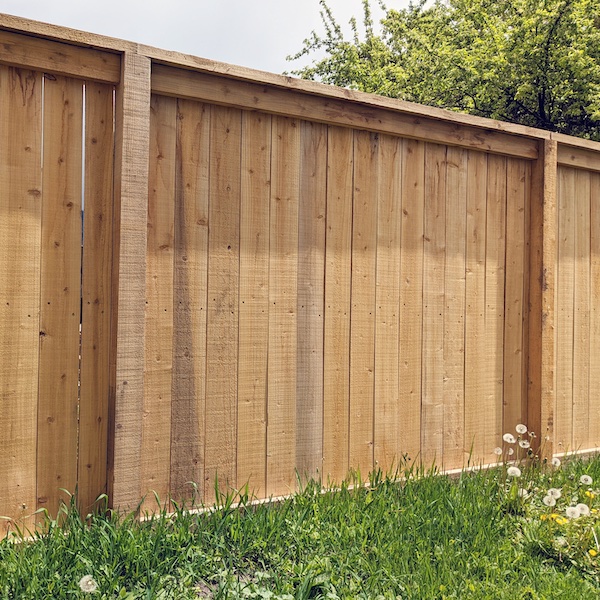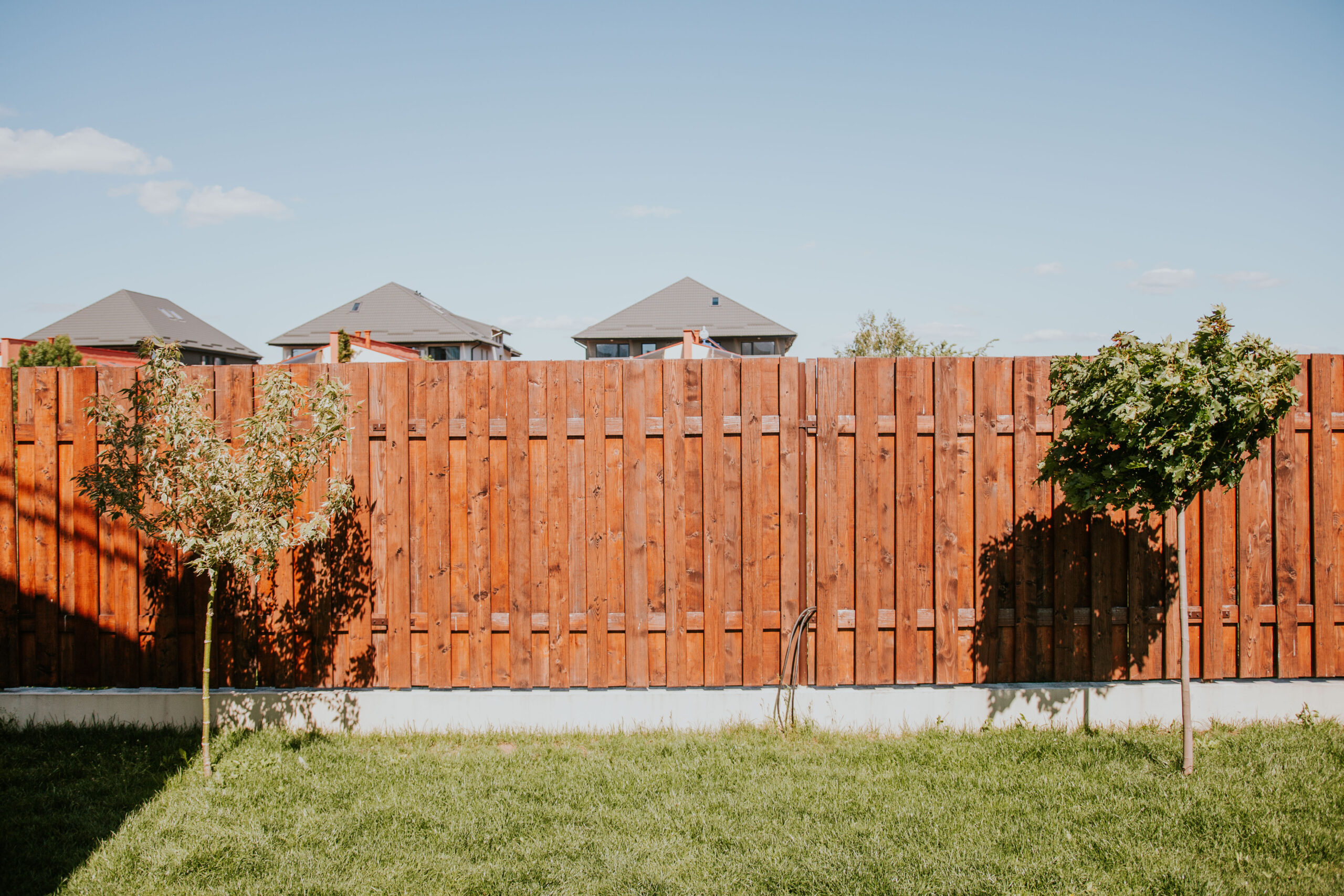All Categories
Featured

Your fencing is an important part of your residential property, providing personal privacy, curb, and security charm. It is constantly subjected to the components, and over time, weather-related damage can take its toll. Whether it's the harsh sun, strong winds, hefty rainfall, or freezing temperatures, the climate can create degeneration, warping, decomposing, and fading. Fortunately, there are a number of strategies you can carry out to secure your fence and lengthen its life.
- Pick the Right Material. The primary step in securing your fencing from weather-related damage is to pick the ideal product for your climate. Some materials are extra immune to the elements than others.
Wooden Fences: While traditional wooden fencings supply an all-natural, eye-catching appearance, they are especially vulnerable to water damages, rot, and insect infestation. If you choose wood, pick pressure-treated lumber or wood kinds that are more immune to wetness, such as cedar or redwood. Plastic Fences: Plastic is a low-maintenance choice that stands up to fading, fracturing, and warping. It's also unsusceptible to rot and insects, making it suitable for locations with high moisture or exposure to rain. Metal Fences: Aluminum and wrought iron fencings are durable and resistant to weathering. Nevertheless, they can corrosion if revealed to moisture for extensive durations. Choose for a powder-coated or galvanized metal fence to decrease the danger of corrosion. Compound Fences: These are made from a blend of timber fibers and plastic, providing the very best of both worlds-- resilience and an all-natural look. Composite fences are immune to dampness, fading, and rotting, making them wonderful for environments with frequent rain or snow. 2. Apply Safety Coatings. Regardless of the product, using a protective covering can help secure your fencing from climate damages.

Wooden Fences: A good-quality stain or sealant can assist secure your timber fence from dampness, UV rays, and insects. These finishes create a barrier that prevents water from leaking right into the wood and causing rot. You should apply a fresh layer of sealer every couple or discolor of years, depending on your climate and the degree of direct exposure to rainfall and sunshine. Plastic Fencings: Although plastic fencings are usually resistant to weathering, they can still endure from staining because of the sun's UV rays. You can use customized vinyl cleansers or UV protectants to preserve the shade and look of your fencing. Metal Fences: For steel fencings, think about using a rust-resistant primer and a coat of paint made for outdoor usage. Powder finish is one more excellent option for steel fencings, as it develops a sturdy, weather-resistant finish that resists corrosion and deterioration. 3. Normal Cleaning and Maintenance. Preserving your fencing routinely is vital to preventing damages from the elements. Dust, leaves, and other debris can develop up on your fence, which can create staining, mold and mildew, and mildew gradually.
Wooden Fences: Clean your wooden fence every six months with a moderate detergent service or a stress washing machine (on a low setting) to remove dirt and crud. Maintain an eye out for very early signs of rot, especially at the base of the fencing articles where wetness has a tendency to accumulate. Vinyl Fences: Vinyl fences are simple to clean with soap and water. Utilize a mixture of vinegar and water to gently scrub the impacted locations if you notice mold and mildew or mold. Stay clear of extreme chemicals that could harm the surface. Metal Fences: Routinely clean steel fences with a soft towel or sponge to remove rust-causing particles. For wrought iron fencings, take into consideration applying a rust-inhibiting item to stop deterioration. 4. Correct Setup and Positioning. Correct installment of your fence can go a long means in safeguarding it from weather-related damage. Guarantee that your fencing is securely secured which messages are set deep enough right into the ground to stop moving throughout hefty winds or tornados. Mounting supporting at essential factors can supply extra support. if your fence is subject to hefty winds.
Additionally, think about the positioning of your fencing. When possible, plant bushes or trees purposefully around your fence to supply some all-natural defense from rough winds, intense sunshine, or driving rainfall. Nonetheless, be cautious not to plant as well close to the fence, as origins can damage or move articles over time.
- Address Storm Damage Quickly. Tornados, especially those with high winds or hail storm, can trigger prompt damage to your fencing. After a tornado, evaluate your fence for damaged areas, leaning articles, or dropped particles.
- Winterize Your Fencing. Cold temperature levels and ice can be specifically harming to wooden fences. It can cause the product to break or split when water ices up and goes into the timber. To avoid this, ensure that the base of your fence posts is elevated and not being in pooled water. In regions that experience freezing temperatures, you may wish to mount a moisture obstacle around the base of the articles to decrease the risk of water damage.
Final thought. Weather-related damage is an unpreventable component of possessing a fence, yet with the right precautions and routine maintenance, you can dramatically expand the life of your fence. Pick durable materials suited for your climate, use safety finishes, tidy frequently, and guarantee appropriate installation. With these actions, you can secure your fence from the components and preserve its look and performance for years ahead.
Latest Posts
The Benefits of Consistent Auto Maintenance at Montclare Auto Repair Keeps Your Wallet Happy
Published en
1 min read
Unlock WyHy Federal Credit Union – Top Benefits for Your Future
Published en
1 min read
Check Out Budget-Friendly Auto Repairs with Montclare’s Exclusive Service Specials
Published en
1 min read
More
Latest Posts
The Benefits of Consistent Auto Maintenance at Montclare Auto Repair Keeps Your Wallet Happy
Published May 26, 25
1 min read
Unlock WyHy Federal Credit Union – Top Benefits for Your Future
Published May 25, 25
1 min read
Check Out Budget-Friendly Auto Repairs with Montclare’s Exclusive Service Specials
Published May 24, 25
1 min read